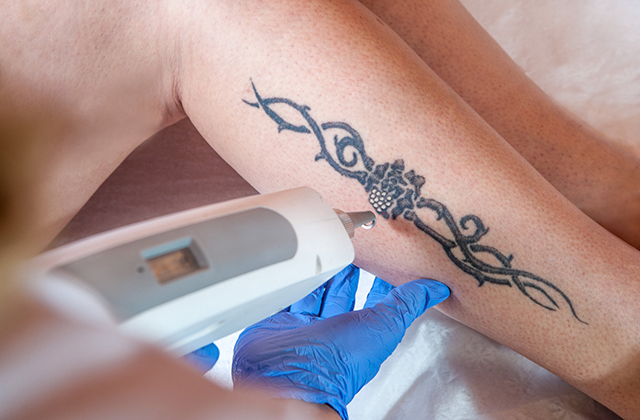The illustrations that the storyboard artist film creates have two functions: to help directors clarify what they want to achieve, and to illustrate to other members of the team exactly what is required. Whether working with an in-house art department or an outside agency, here’s a handy checklist to make sure your digital signage content achieves what you want.
Digital signage is going mainstream as a medium. Simply look around in retail stores, shopping malls, arenas, gas stations, hotel lobbies, restaurants, and just about any other place you can image, and you’re bound to see one or more digital signs.
However, even though digital signs are growing in popularity, they are likely to be a rather new medium for the majority of graphic artists and other media creators, like graphic designers and animators, which you may turn to create compelling content to achieve your communications goals.
Perhaps, you will be working with in-house graphic artists whose expertise is the design of brochures, reports and other printed collateral. Or, you may find yourself working with a creative agency that specializes in television commercials. Both are creative, talented and have an abundance of knowledge and experience to bring to the table. Your challenge will be communicating the unique demands of digital signage content to them and directing them so they deliver the message you need.
Following some or all of the recommendations on this handy checklist should help you focus your creative team’s talent regardless of their prior experience, or lack of experience, in creating a digital signage portfolio.
* Clearly state what you wish to accomplish. Explain precisely how the signs are to be used. Will they be informational in nature? Do you want to sell a product or service with the signs? Is the communication mission straightforward like that of a menu board or more nuanced?
* Define your target audience. Layout as much demographic information, i.e. age, sex, ethnic background, and psychographic information, including interests, attitudes and opinions, of your intended viewers as possible.
* Identify where the sign or signs will be located. Giving your creative team this information will inform decisions they make later about the appearance, placement and dwell time of content they will create.
* Explain desired quality. In today’s world, it is hard to imagine that the display or displays to be used won’t be HDTVs. But even if that’s the case, will they be 720p, 1080i or even 1080p displays? That information will be helpful when content is created and may reduce the need for up, down or cross conversion of video, graphics and animation content.
* Visual SPAM. Because digital signage is becoming more common, the level of “visual noise” is also increasing. This should be considered along with the sensibilities of the target demographic. Work with your designers in creating a pleasing visual environment that will be more readily received by a discerning audience. Avoid excessive in-your-face content that may wax against the shopping experience by overloading the senses. Too much eye candy is not a good thing -it can give eye pain.
* Define duration. On a macro level, your messaging will be used for a finite period before it must be updated or changed entirely. On a micro level, individual pieces of content will dwell on the screen before being updated by the next item in the list. Information about both will help your team in creating content that can accomplish its communications task in the allotted time on screen as well as give the team a way to begin building a workable content production schedule.
* Discuss the number of onscreen zones desired. Start out by giving your team an idea of how many discrete areas of onscreen real estate you envision to communicate your message and what you believe should be communicated in each. Don’t consider this the last word on the topic. Rather use your list as a point of departure to discuss and ultimately define how many zones actually will be used.
* Identify existing content resources. While you will want your content to be fresh, engaging and designed to meet your communications goals, there is no sense reinventing the wheel when existing resources can be used or repurposed. For example, if you intend to communicate to owners of high performance cars as they wait in a car dealer’s service area, an existing RSS feed of Formula One, Indy Car and NASCAR race results and news might be available already for an onscreen crawl.
Whether or not your designers are experienced with digital signage, they will appreciate the guidance you give by discussing the items in the checklist. More importantly, reviewing the points in the checklist will help ensure you receive the content you need to achieve your communications goals.
David Little is a charter member of the Digital Screenmedia Association with 20 years of experience helping professionals use technology to effectively communicate. For further digital signage insight from Keywest Technology, visit our website for many helpful tips and examples. For more in-depth research from Keywest Technology, download our free digital signage white papers and case studies.
Article Source: https://EzineArticles.com/expert/David_Little/58036
Article Source: http://EzineArticles.com/6843205

